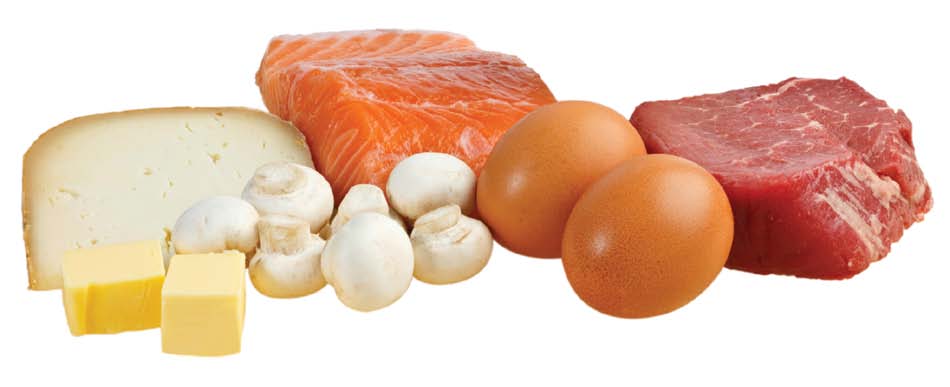Health
Can Vitamin D Help Reduce The Risk Of Respiratory Illnesses In The Elderly?
We’ve already discussed the benefits of a Vitamin D rich diet in the past. Much research has found that a lack of vitamin D raises the risk of heart disease, obesity, depression, diabetes and even some cancers. Now, a recent study has found that elderly folk who include high doses of Vitamin D in their diets are less likely to suffer from acute respiratory illness.
Acute respiratory illnesses are infections which interfere with normal breathing. They occur in the nose, trachea or lungs and, if left untreated, can spread to the rest of the respiratory system. Acute respiratory illness is more common in older people.
Can Vitamin D Reduce The Risk?
According to Adit Ginde, the lead author of the recent study Vitamin D can help the immune system fight off infections. He said “This is a potentially life-saving discovery. There is very little in a doctor’s arsenal to battle ARI, especially since most are viral infections where antibiotics don’t work. But vitamin D seems able to potentially prevent these infections.”
The study look led at 107 individuals with an average age of 84 for over year. They monitored the amount of Vitamin D they took in as well as the incidences of repository illness. The results found that that those who took higher doses of Vitamin D had a 40% reduced risk of respiratory illnesses.
Ginde suggests that Vitamin D may help in preventing illnesses like pneumonia, influenza and bronchitis.
What are Vitamin D rich foods?
Vitamin D rich foods include fatty fish such as tuna, mackerel and salmon, beef liver, cheese, egg yolks and fortified soy milk, orange juice and cereals. Head here for more information on how to include more vitamin D in your diet.
As well as possibly helping battle respiratory problems, taking in Vitamin D is also beneficial to the elderly as it facilitates the absorption of calcium which in turn can ward off or reduce the risk of osteoporosis.























